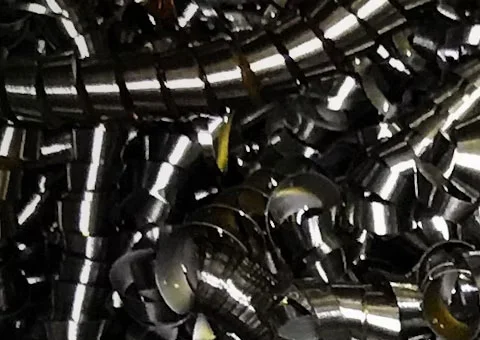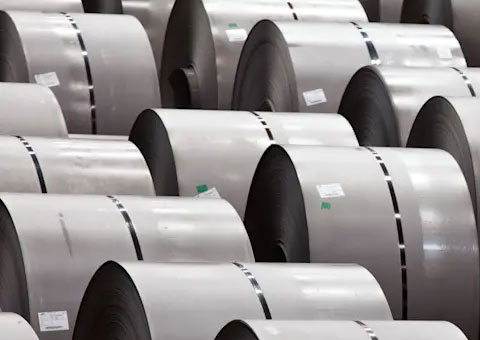In January-June 2024, the EU increased the consumption of scrap by 8.8% year-on-year – up to 43.61 million tons. This is evidenced by the data of the International Association of Recyclers of Secondary Raw Materials – BIR.
Export of scrap from EU countries in the first half of the year decreased by 18.7% y/y – to 7.36 million tons.
According to the BIR, September of this year brought an unexpectedly sharp drop in scrap prices in Germany, as some consumers reduced production or implemented reduced operations in response to large inventories of semi-finished and finished products. Feedback from Scandinavia suggests that metalworking plants in Europe are struggling with declining sales and increased competition, particularly from China.
China has retained its position as the world’s largest consumer of scrap metal. In January-June of the current year, the consumption of this raw material in the country amounted to 122.54 million tons (+5.4% y/y).
The consumption of scrap in Turkey in this period increased by 13.1% year-on-year – to 15.71 million tons, in India by 14% year-on-year – to 17.8 million tons. In the United States, this indicator in the first half of the year fell by 1.8% compared to the same period last year – to 27.6 million tons.
According to the BIR, purchases of scrap by a number of key consumer countries in Asia were undermined by a sharp increase in Chinese semi-finished and rolled exports, as well as the offer of cheap Russian billet,
As GMK Center reported earlier, the global consumption of scrap by steel enterprises in 2023 decreased by 12% compared to 2022 – to 411.28 million tons. The indicator contrasted with a slight increase in global steel production – by 0.2%, to 1.155 billion tons.
Last year, the European Union reduced the consumption of scrap by 5.7% y/y – to 74.8 million tons, Turkey – by 3.9% y/y, to 29 million tons, Japan – by 2.9% y/y, to 31.8 million tons.

